The 9th Asia Pacific Triennial of Contemporary Art In the crowded marketplace of biennales and triennials, the Asia Pacific Triennial (APT), after quarter of a century, is still going strong and now has reached its ninth reiteration. Back in 1993, the first APT struck one through its unconventional character. It explored the art of our neighbours – big and small – presenting many artists who were then totally unknown. The geographic spread of Asia and the Pacific was somewhat nebulous and, as illustrated in subsequent APT exhibitions, could include Turkey, Iran and Iraq, China, India and Pakistan, as well as Indonesia, New Zealand and Australia. What I learned early in the piece is that the APT is something that you need to accept as a given, rather than question too closely or intellectualise. Queensland Art Gallery curators, like talent scouts, travel the region widely picking up in their nets whatever catches their eye as interesting, unexpected and provocative, and roping it into the exhibition and commissioning artists to produce site specific work. It is better to be inclusive and include something unusual from Uzbekistan or North Korea, than to be prescriptive and to stick to clearly defined geographic boundaries. Unlike many biennial and triennial art exhibitions, each APT is assembled from the ground up and not through a shopping list of established names of artists. I have attended each of the nine APTs to date, and have made many exciting discoveries, often not having previously heard of at least half of the artists presented. APT is one exhibition that I make an effort never to miss. I spend one whole art-saturated day but always feel that it could easily absorb at least a week of prolonged visits. The Ninth APT, is one of the strongest of the recent APT exhibitions, boasting about 400 artworks by about 80 artists and art collectives from about 30 countries. Female artists appear to outnumber male artists and there is an emphasis on First Nation artists and, I think, that for the first time we are seeing artists from Laos. There is a particularly strong contingent of artists from Pakistan and, perhaps more emphatically than in previous exhibitions, the minimalist and conceptual strands in contemporary Asian art are more strongly pronounced. Jonathan Jones, an artist from the Wiradjuri/Kamilaroi peoples, known to many in Sydney from his Kaldor Public Art Project in 2016, creates the most impressive immersive installation at this APT. In collaboration with the Wiradjuri Elder, Dr Uncle Stan Grant Snr, Jones has created a huge installation of about 2000 ‘bird sculptures’ like a suspended flock presented within its own soundscape. On closer inspection, each sculpture is one of six traditional tools made from different materials: emu eggshell spoons, stone knives, animal bone awls, mussel scrapers, spear points and weavings. Each tool has a handmade string with a small bundle of feathers attached and these are then individually fixed to a wall suggesting a huge flock of birds. Jones’ untitled (giran), 2018 is conceived as a meditation on the murmuring of the giran (wind), an evocation of slow art with an expressed desire to enter into the spirit of the wind and to contemplate ancient knowledge. As Jones observes, “Each tool embodies knowledge passed down through generations and represents the potential for change. Each idea, each tool, is limitless in its potential.” The nature of the APT makes it impossible to conveniently sum up the exhibition, a list of highlights seems to imply that the rest of the exhibits are duds and an annotated catalogue of 400 exhibits is tedious in the extreme. I have decided to make a number of idiosyncratic observations. Anne Noble from New Zealand, who has shown previously at the APT, exhibits here her serenely beautiful images of bees as well as allowing us to enter and see an actual operating beehive at GOMA. She presents an umwelt of the honey bee now elevated to something of global significance. Nona Garcia from the Philippines in her two huge installations, Drift and Hallow, advances a meditation on nature – a lament. Where she lives in Baguio City, there is rapid deforestation. When a tree is cut down in her street, pieces of it are delivered to her studio and on them, in a hyperrealist style, she depicts the dismembered branches. Mithu Sen, an artist from West Bengal in India, who now works in New Delhi, creates a sprawling installation, which she interrogates through a conversation with a robotic assistant. Strange and quirky, she effectively subverts many of the assumptions that prevail in our social structures. Pannaphan Yodmanee, an emerging Thai artist working in Nakhon Pathom in central Thailand, creates what at first sight appears like a huge Buddhist demolition site, where under slabs of concrete appear delicate Buddhist paintings, sacred objects and damaged temples. She creates a very effective play on feelings of eternal peace and the temporary presence of violence and destruction. Sawangwongse Yawnghwe, who was born in Myanmar but has found refuge in the Netherlands and elsewhere, creates a most effective manifesto exposition on military oppression and the workings of a totalitarian state. There is a complexity and diversity in every APT, one that is designed to challenge prevailing assumptions and bring fresh material to a more general audience. APT 8 attracted an audience of about 600,000 visitors; APT 9 is of even higher calibre and should attract an even bigger audience. This is one of the exhibitions that Australians critically need to see and where Australia has taken international leadership. The 9th Asia Pacific Triennial of Contemporary Art Queensland Art Gallery/Gallery of Modern Art, Brisbane 24 November 2018 – 28 April 2019
1 Comment
|
GRISHIN'S ART BLOG
Sasha Grishin AM, FAHA is the author of more than 25 books on art, including Australian Art: A History, and has served as the art critic for The Canberra Times for forty years. He is an Emeritus Professor at the Australian National University, Canberra; Guest Curator at the National Gallery of Victoria, Melbourne; and Honorary Principal Fellow, Faculty of Arts, at the University of Melbourne. Archives
June 2024
Categories
Keep up-to-date with Sasha Grishin's blog with the RSS feed.
RSS offers ease of access and ensures your privacy, as you do not need to subscribe with an email address. Click here to download a free feed reader |

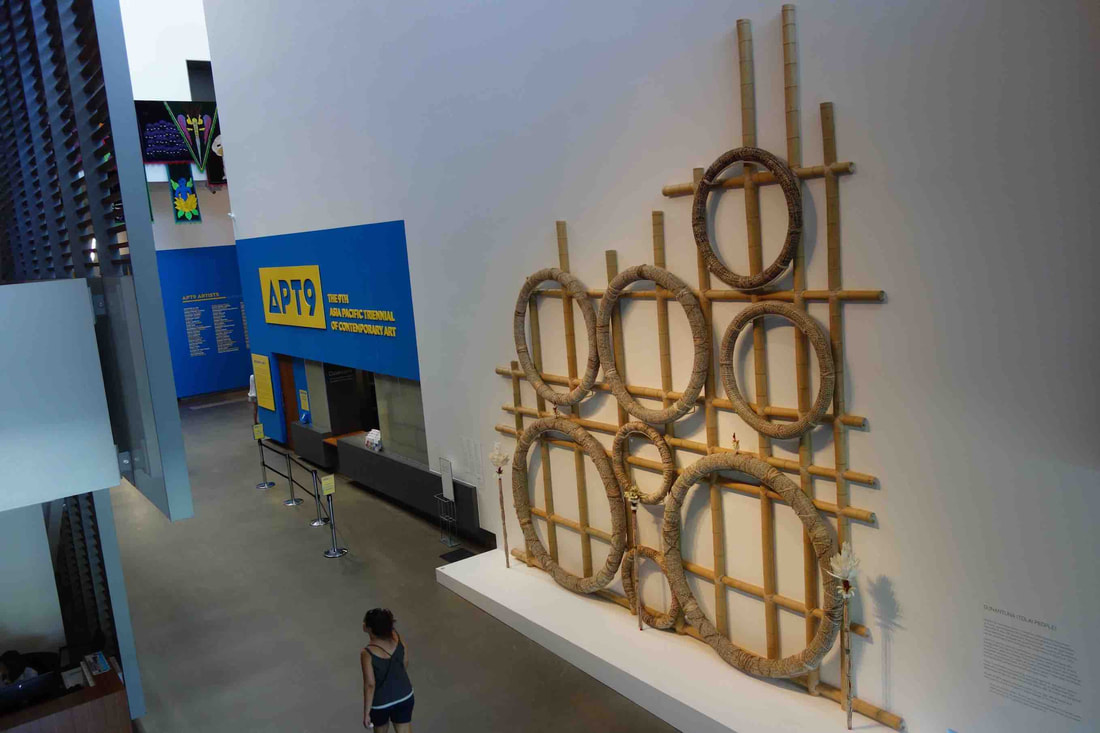
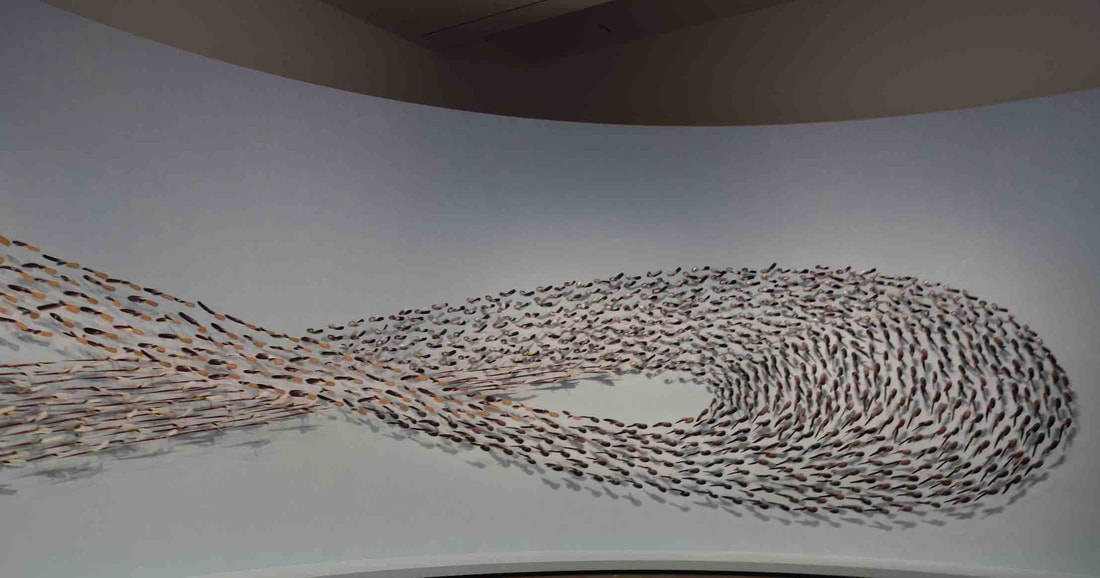
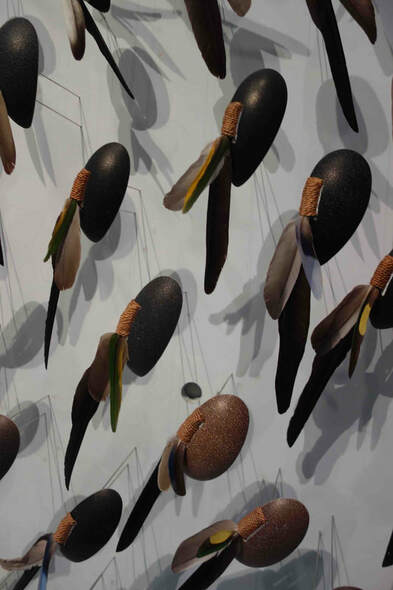
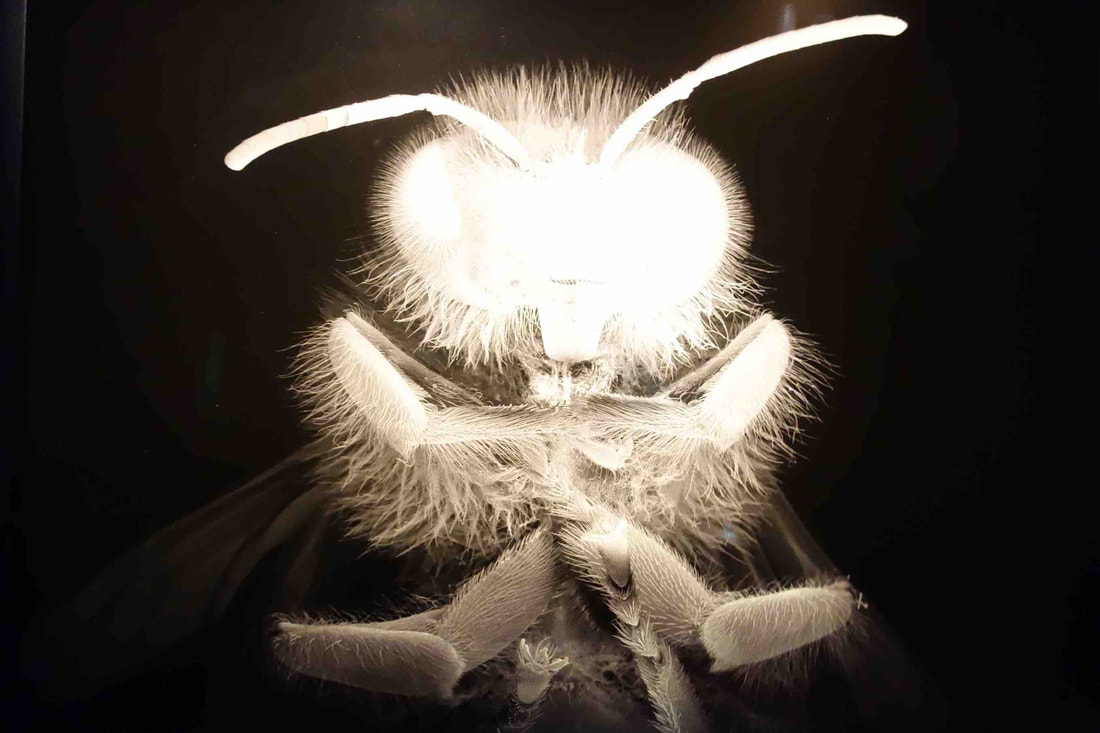
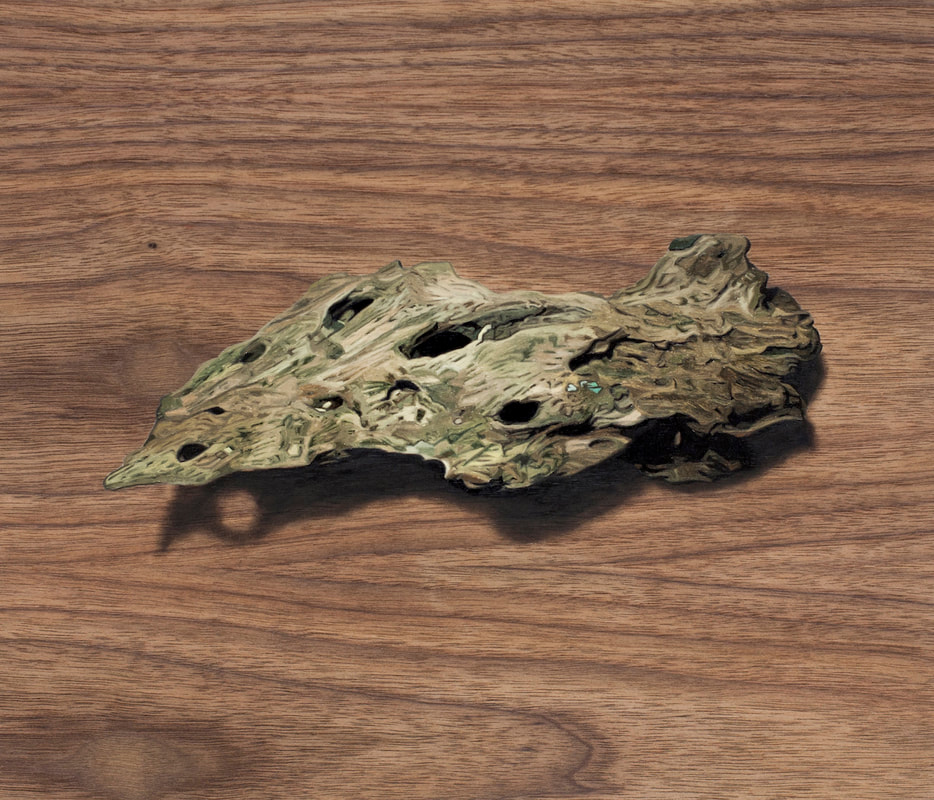
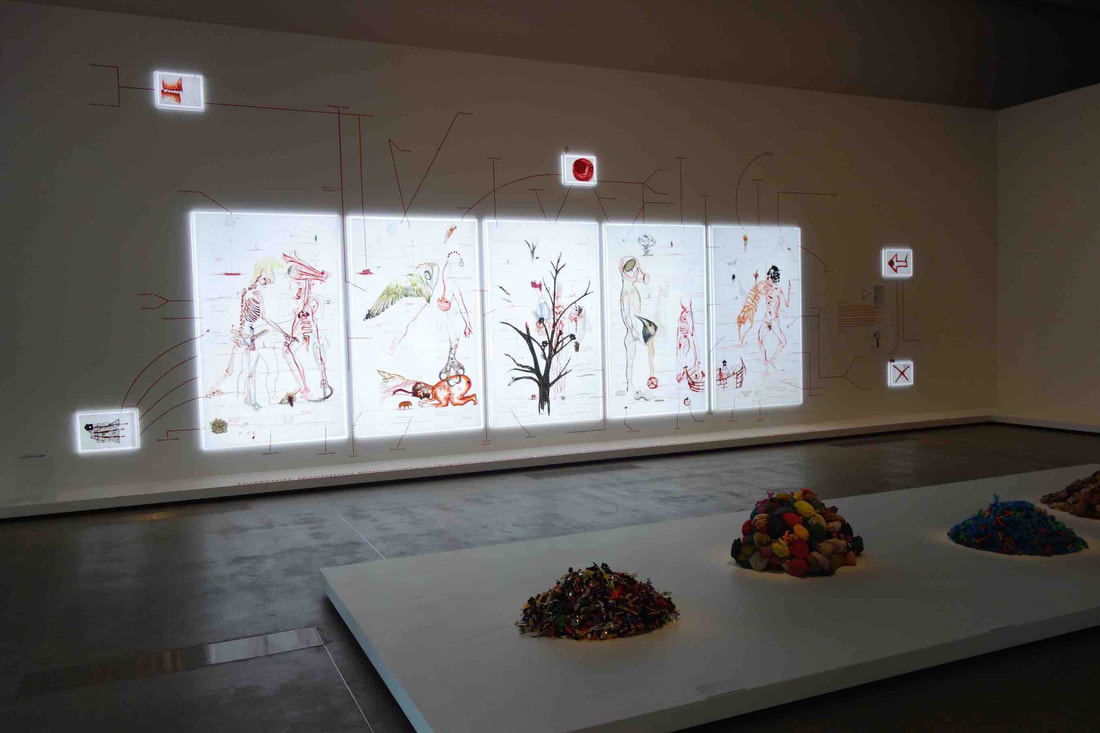
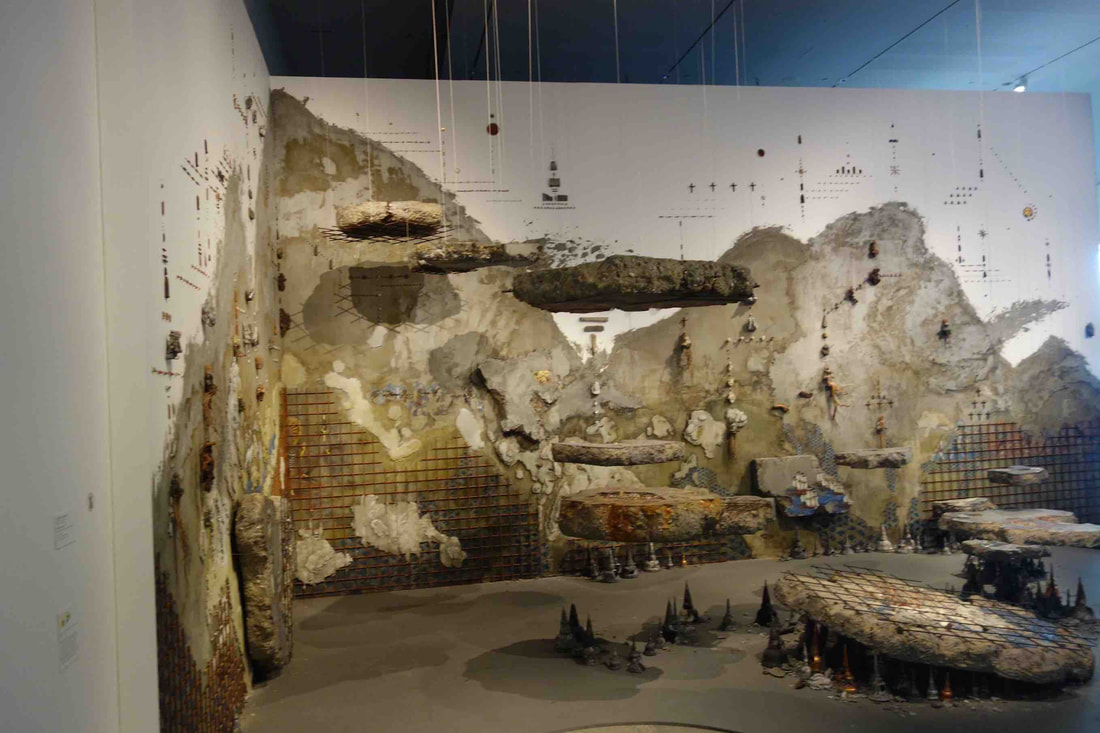

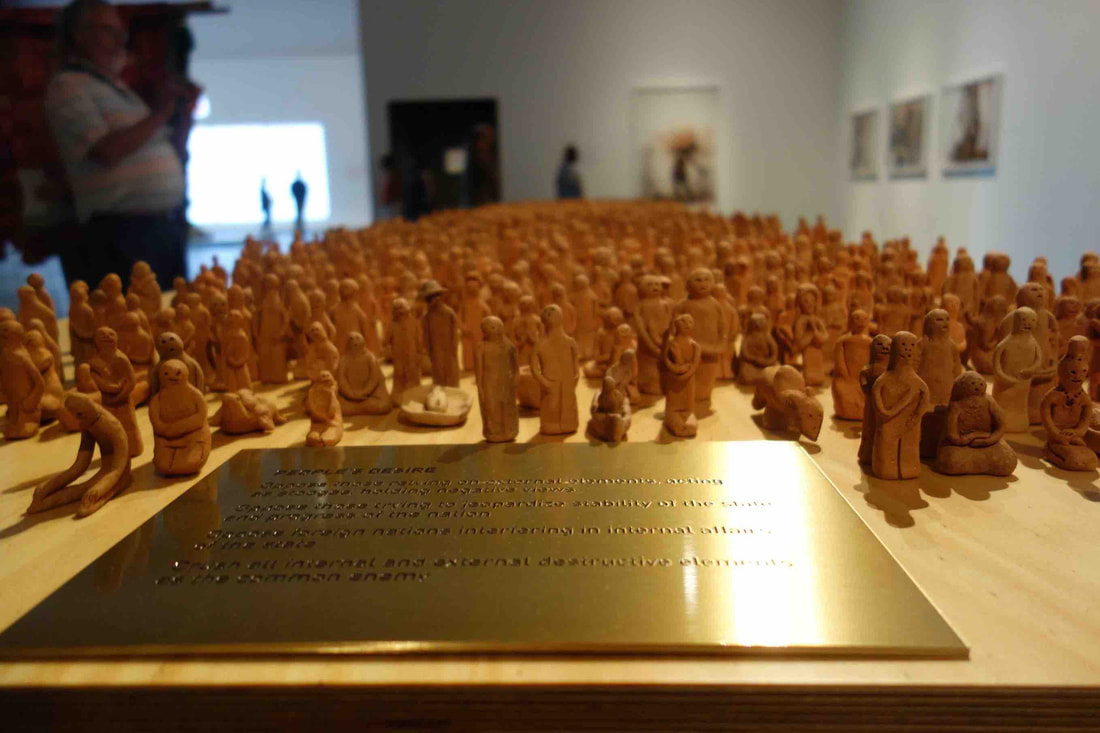
 RSS Feed
RSS Feed